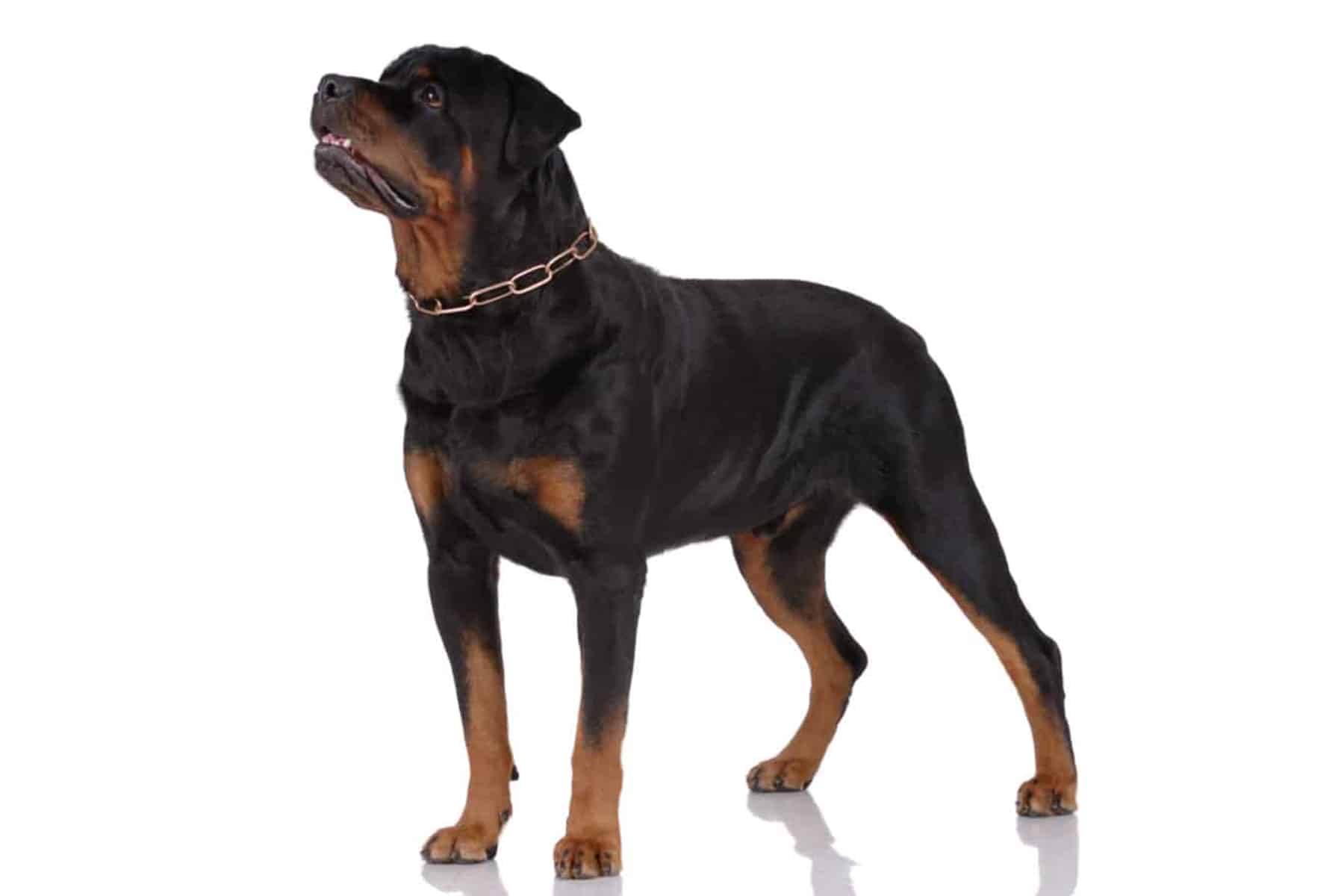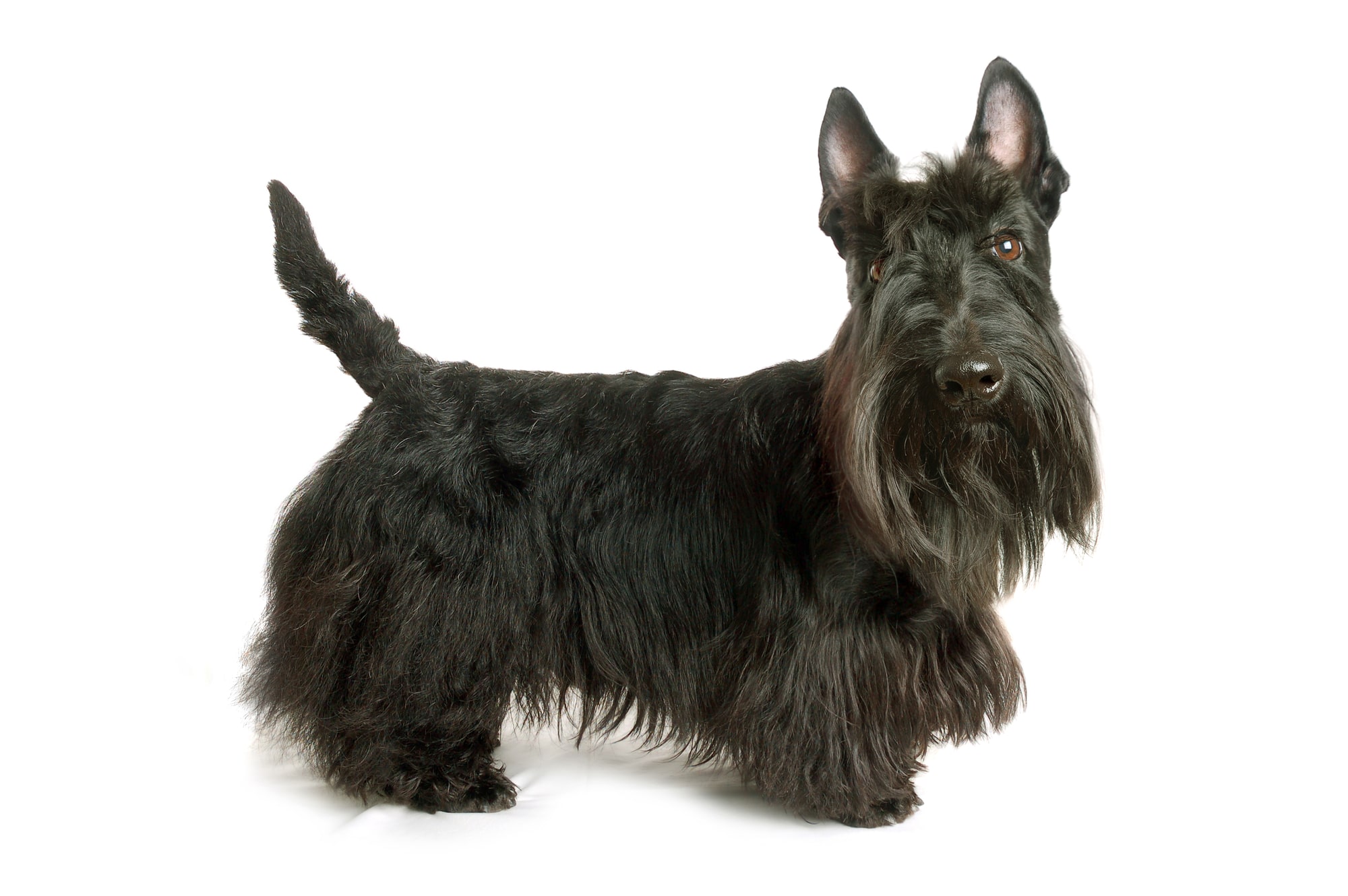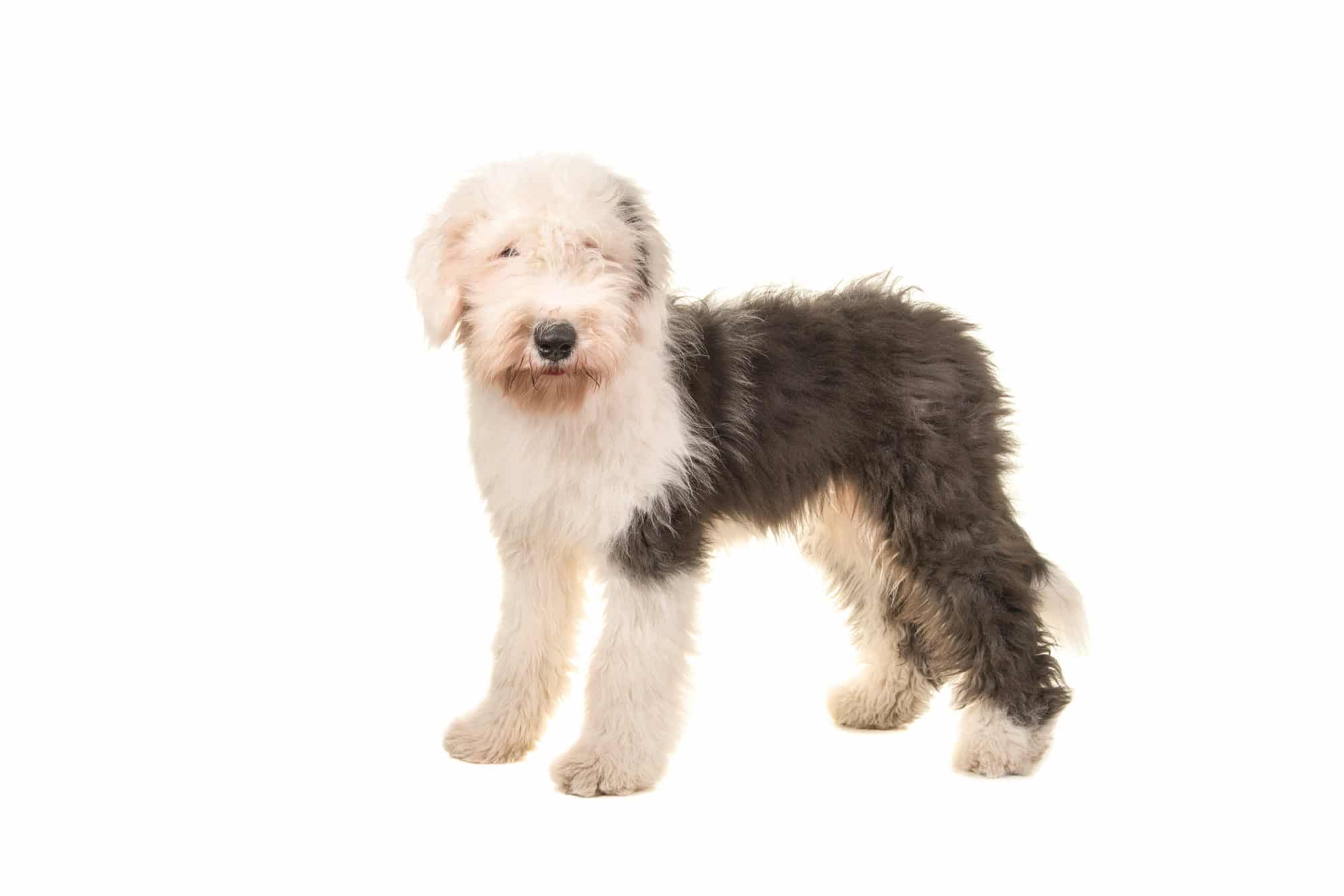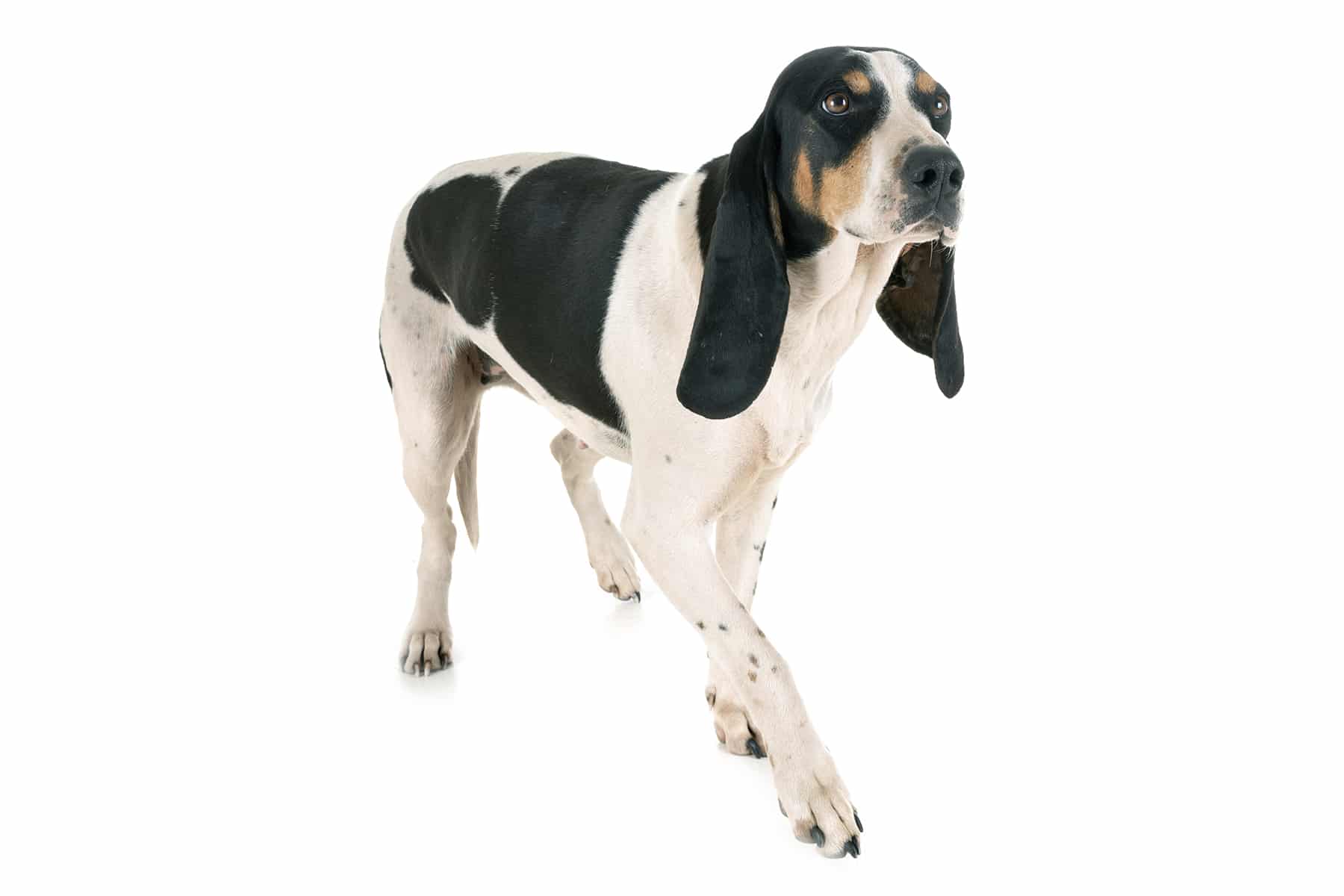Polish Lowland Sheepdog
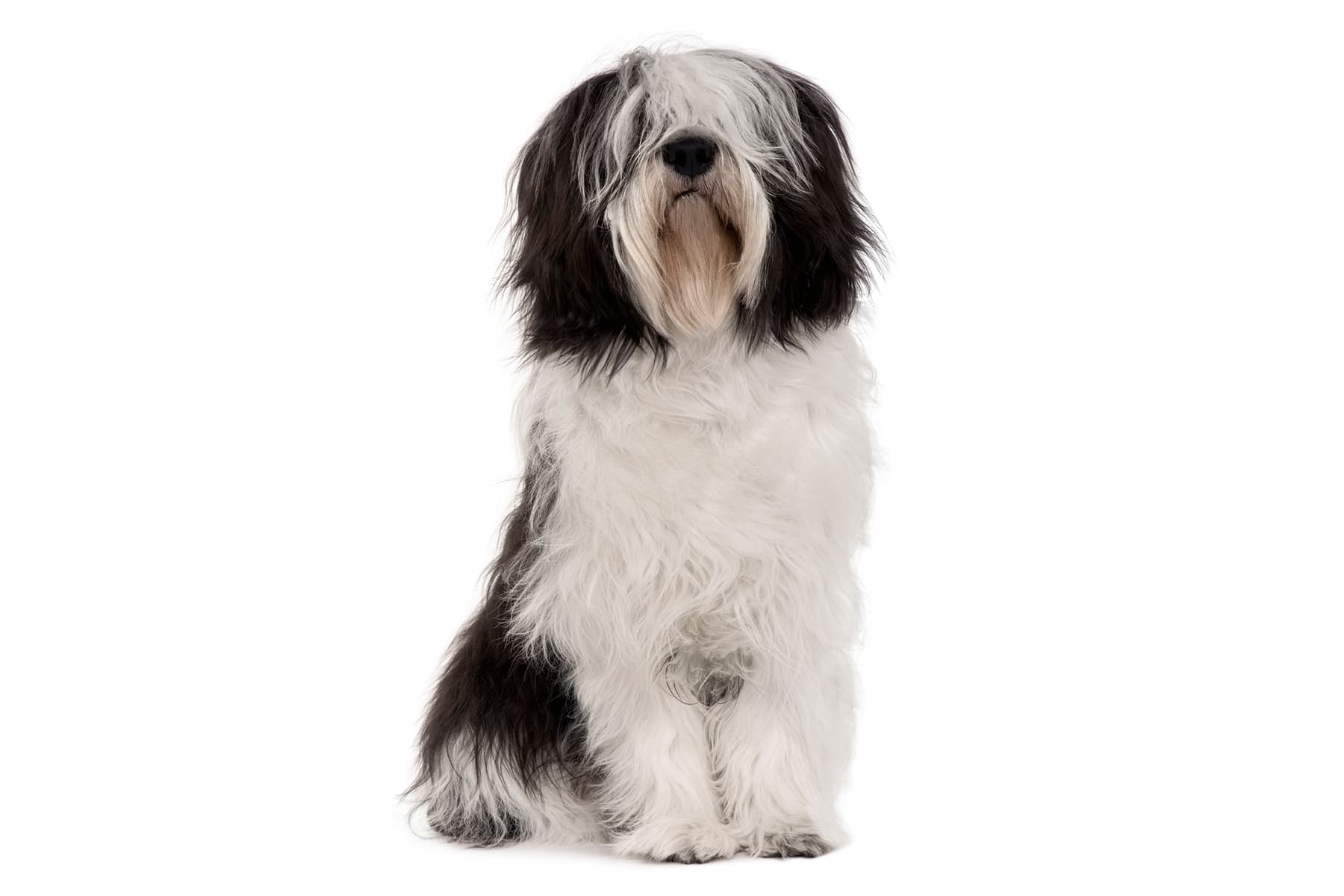
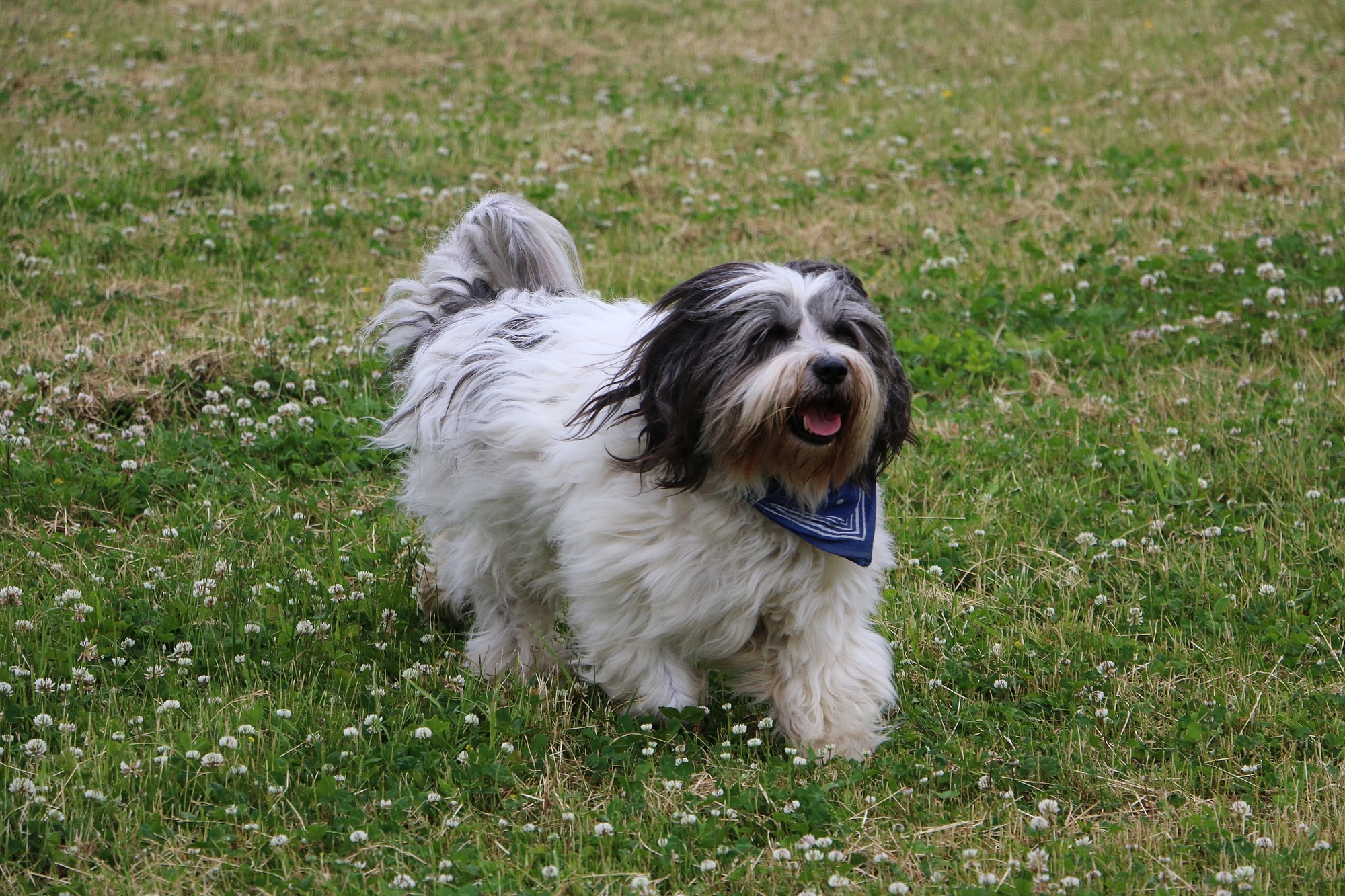
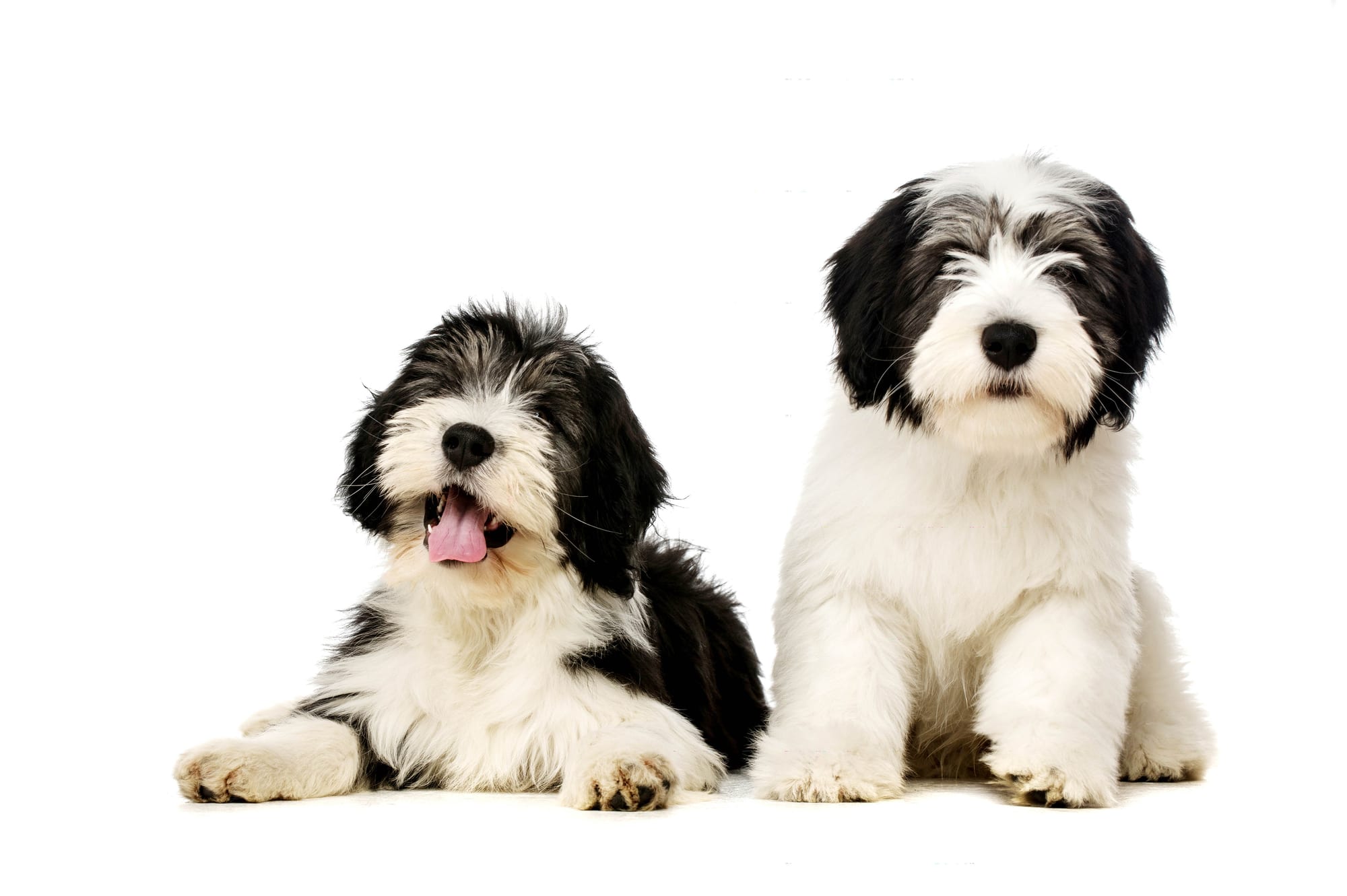
Temperament:
You don't have much experience as a dog owner yet or maybe you're looking for a four-legged companion for the first time? Do you want a friendly dog that fits perfectly into family life and gets on well with young and old? Then find out more about the Polish Lowland Sheepdog, also known as the Polski Owczarek Nizinny or PON.
Characteristics
The PON is a medium-sized dog breed with a long, rough coat and lots of soft undercoat. This makes this dog breed well protected against wind and weather. The shape is rather rectangular, the build stocky and muscular.
Females reach a shoulder height of 42 to 46 cm. Males are slightly larger and reach a maximum shoulder height of 50 cm.
All colors, spots and markings are allowed, which makes the PON quite a colorful dog.
The character of the four-legged friend is still characterized by its original use. He is always alert and reliably guards his territory and his "pack". He is not aggressive. Despite his friendliness, he is initially reserved towards strangers.
His family means everything to him. His herding and protective instincts are sometimes very pronounced. With loving but consistent training, this intelligent dog will quickly become a loyal companion. In the house, the PON is calm and even-tempered.
His urge to move and his above-average intelligence are best satisfied with any kind of dog sport and long - very long - walks. With the right training, the PON can quickly explore its surroundings without a lead.
He wants to please his human and his hunting instinct is only moderately pronounced. The PON seems to understand his human blindly. His quick comprehension and eagerness to work make him an excellent member of a rescue dog team.
Coat care:
Shedding:
Energy level:
Trainability:
Children suitable:
The right food
When choosing food, make sure that it contains high-quality ingredients, is balanced and meets your dog's requirements. Age, size or weight, activity and health status play an important role. You should follow the manufacturer's recommendations for the amount of food.
Treats should only be fed in moderation and deducted from the basic diet to avoid obesity.
Puppies can be fed 4-6 times a day. The number of meals should be gradually reduced to 2 per day until the dog is fully grown. A rest period should be observed after meals.
Fresh drinking water should be available at all times.
Health & Care
The Polish Lowland Sheepdog is a high-maintenance dog due to its long coat. The coat must be brushed regularly to prevent matting. The undercoat should also be thinned out regularly.
Brushing is particularly important during the change of coat. Remember: every tuft of hair in the brush is one less on the sofa. You should set aside at least one hour a week for grooming. It is also important to get your dog used to it from an early age so that he doesn't have any problems with brushing when he grows up.
In addition to matting, a lack of coat care can also lead to an unpleasant odor. As the PON likes to swim or retrieve from the water, it quickly smells like a "wet dog".
Check eyes and ears regularly for debris and clean them if necessary. You can use a special cleaning agent for dogs or a clean, damp cloth to do this. You should pay particular attention to the ears, as a dirty and moist environment can increase the risk of inflammation or fungal infections. The claws must be trimmed regularly.
Suitable accessories
Above all, your PON needs a family connection and a task. When he is bored, he tends to display exaggerated territorial or protective behavior. This usually manifests itself in loud barking.
Due to its urge to move around, it is only suitable for a small city apartment to a limited extent. A garden in which the PON can move freely is ideal. A kennel is not recommended for this breed.
Special retrieving dummies are suitable for daily play. But your playful furry friend will also have fun with simple balls.
In addition to the usual accessories such as bowls, collar/harness and lead, you will also need a few things for grooming. A sturdy brush to detangle the strong top coat and a coarse-toothed comb to remove the undercoat. Small scissors should also be available to cut small tangles out of the coat. Appropriate grooming utensils are available in well-stocked specialist shops.
Your dog also needs a dog basket or dog mat as a place to retreat, tick tweezers, claw clippers, toothbrush and toothpaste for dogs, a transport box for transportation in the car and a first aid kit. It's best to ask your vet what should be in the first aid kit.
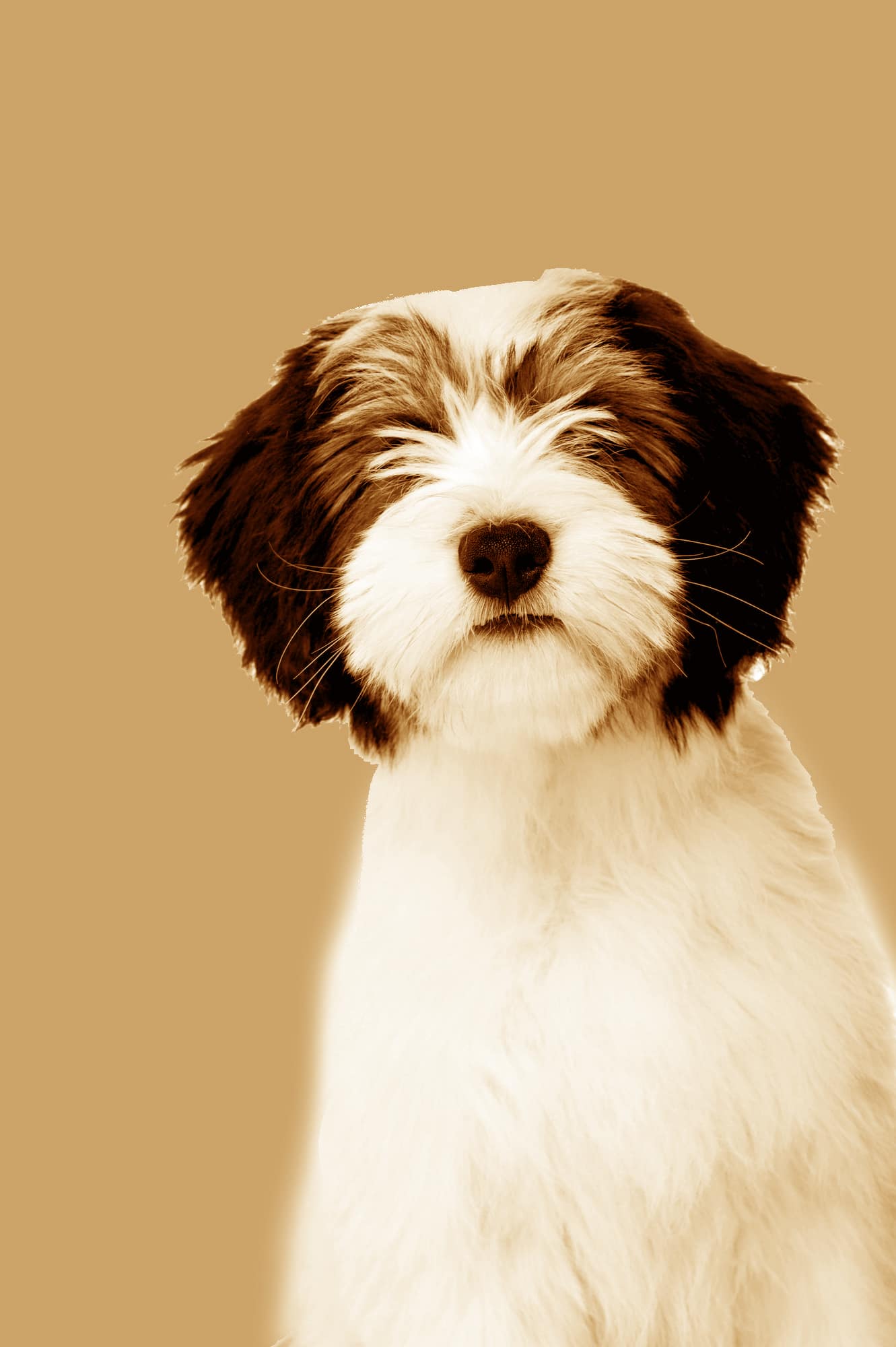
Origin & History
The origin of this Polish dog breed is not clear. The Tibetan Terrier, the Lhasa Apso or the Tibetan Spaniel are thought to be its ancestors. A dog breed corresponding to the PON was described by Krzysztof Kluk as early as 1779.
The first pure breeding began at the beginning of the 20th century in Poland. In 1924, the PON was first shown at a dog show as a working dog.
After the Second World War, there were only a few representatives of this breed left in Poland. The vet Danuta Hryniewicz went in search of the few remaining dogs of the breed among farmers and shepherds in the Polish lowlands and bought particularly typey representatives. Through targeted breeding, the first progenitor of the post-war PONs was created - the male Smok Kordegardy.
On 05.10.1963 the breed was officially recognized by the FCI in the herding dog section.
Originally, the PON was used to herd geese, pigs and sheep. Later, it was also used as a guard dog on farms.
Although he is still very popular as a herding dog, his field of activity has changed in recent years. Today, in addition to being used as a companion and family dog, he is mainly found in the rescue service, where he always cuts a fine figure thanks to his intelligence and stamina.
